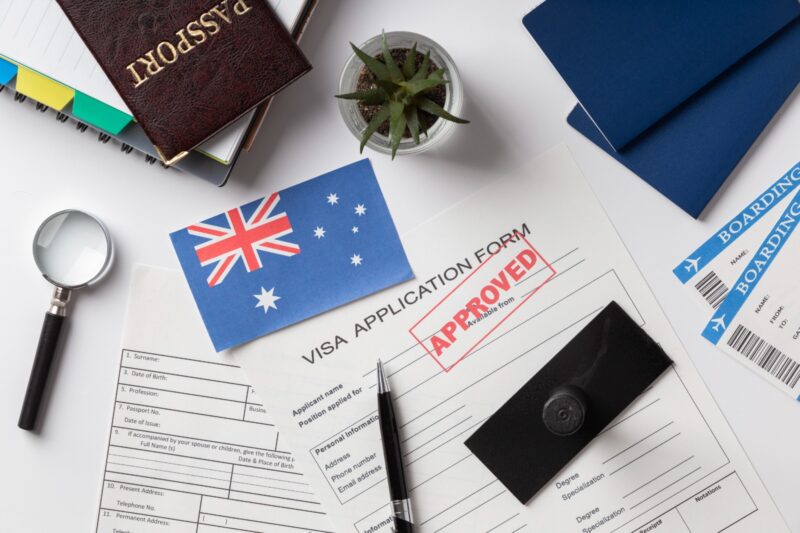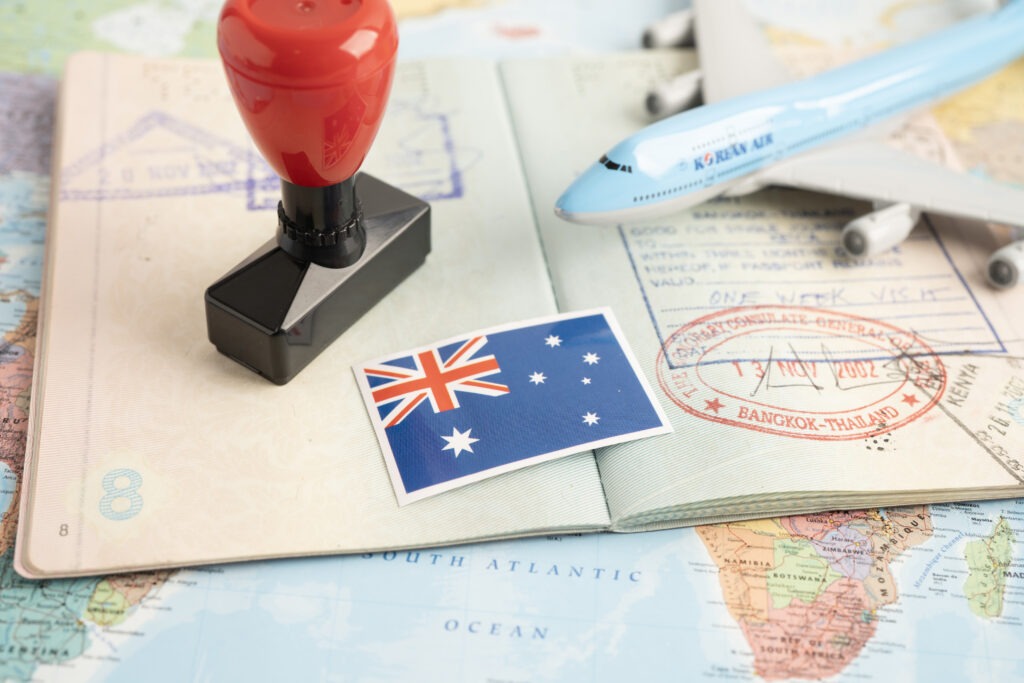Under the government’s Migration Strategy, the age limit on some visas will be reduced and a ballot process will be introduced for others. In December 2023, the federal government announced a raft of changes to visas in its new Migration Strategy, which will affect people currently studying and working in Australia and those who wish to apply.
The government says the strategy will streamline the system, target labour and skills shortages in Australia, and help tackle the exploitation of migrant workers and ‘permanent temporariness’ among visa holders.
Some changes have already come into effect, but many new measures begin on 1 July 2024.
What visa changes are coming into effect on 1 July?
- Visa Ballot Process
The government is introducing a pre-application ballot process for certain kinds of visas.
From 1 July, nationals of China, Vietnam, and India who want to undertake a working holiday in Australia will first have to apply for one of a limited number of places via a ballot—which costs $25.
They can apply for the Work and Holiday visa (subclass 462) if selected.
The ballot will replace the current ‘first-come-first-served’ system, which the government says will make the process fairer and more efficient.
That’s because the Work and Holiday visa has caps: there are 1,500 places in Vietnam. India’s program has not yet commenced, but it’s expected to be set at 1,000. China has the highest cap of the three countries, with 5,000 places.
The pre-application ballot will also be introduced for a new visa for young professionals from India.
- A new visa for young Indian professionals
From 1 July, Indian nationals aged 18-30 with qualifications in popular technology fields will be eligible for a new temporary visa of up to two years.
The program is called MATES, which stands for Mobility Arrangement for Talented Early-professionals Scheme.
It is a pilot program with 3,000 places for primary applicants with qualifications in renewable energy, mining, engineering, information and communication technology, artificial intelligence, financial technology, and agricultural technology.
Eligible individuals who win a place in the ballot process can then apply for the visa, which costs $365.
Immediate family members on this visa will not count towards the 3,000-place cap.
This visa results from the Australia-India Migration and Mobility Partnership Arrangement, made in May 2023.
- Onshore student visa applications
A range of measures affecting international students have already been enacted this year. The government is now tightening restrictions on who can apply for Student visas in Australia.
Starting on July 1, specific visitor, maritime, and temporary graduate visa holders will no longer be eligible to apply for onshore student visas.
Holders of these visas will no longer be allowed to apply from within Australia:
- Temporary Graduate (subclass 485)
- Visitor (subclass 600)
- Electronic Travel Authority (subclass 601)
- Medical Treatment (subclass 602)
- eVisitor (subclass 651)
- Maritime Crew (subclass 988)
- Temporary Graduate visas
The length of stay for Temporary Graduate visa (TGV) holders is being reduced, and a new age limit is being imposed.
The Temporary Graduate visa (subclass 486) is being streamlined from four streams into three and renamed as follows:
- Graduate Work Stream → becomes the Post-Vocational Education Workstream
- Post-Study Work Stream → becomes the Post-Higher Education stream
- Second Post-Study Work Stream → becomes the Second Post-Higher Education Workstream
- Replacement Stream → removed
The age limit has been reduced to 35 years of age or under.
After some confusion about how this would affect research students undertaking a master’s or doctorate (PhD), the government has clarified that they will still be eligible until age 50. Hong Kong and British National Overseas passport holders will still be eligible until age 50.
The length of stay doesn’t change for holders of a TGV in the Post-Vocational Education Workstream — it remains up to eighteen months.
However, for those in the Post-Higher Education Workstream, the length of stay changes as follows: individuals completing a bachelor’s degree, including honors, can stay up to two years. For a master’s degree by coursework, the maximum stay will be up to two years, and for students studying a master’s by research or a PhD, three years.
The length differs for TGV holders who graduated from a regional educational institution and have lived in a regional area for at least two years.
For Indian nationals, initial stay periods won’t change.
- Temporary skills visas
Conditions for migrants on certain temporary visas have also changed. If they stop working with their sponsoring employer, they will have longer to make arrangements.
The changes affect holders of the following visas:
- Temporary Work (Skilled) (subclass 457)
- Temporary Skill Shortage visa (subclass 482)
- Skilled Employer Sponsored Regional (provisional) (subclass 494)
They will now have longer to find a new sponsor, apply for a different visa, or arrange to leave Australia:
- 180 days at a time, or
- A maximum of 365 days across the entire visa grant period.
Visa holders will be allowed to work for other employers during this time. The changes apply to existing visa holders and those granted a visa on or after 1 July.
- Business Innovation and Investment Program (BIIP)
The government is closing the Business Innovation and Investment (provisional) visa (subclass 188). This visa allows holders to own and manage a business, conduct business and investment activity, or undertake an entrepreneurial activity in Australia.
No new allocations for the BIIP will be provided from 1 July. Instead, a National Innovation visa will be available at the end 2024.
Holders of the provisional BIIP (subclass 188) eligible for subclass 888 — the permanent equivalent — can continue on this pathway after July 2024.
What other changes are ahead in 2024?
- Skills in Demand visa
A significant commitment to the Migration Strategy is the creation of the Skills in Demand visa, which the government will introduce towards the end of 2024.
This four-year temporary skills worker visa is intended to replace the Temporary Skill Shortage visa (subclass 482), which currently permits holders to live in Australia while working full-time for a sponsoring employer.
The Skills in Demand visa targets three pathways:
- Specialist Skills: fast-tracks applications from high-earning professionals with skills in areas like technology and green energy industries
- Core Skills: focuses on areas with shortages to simplify the application process and create an occupation list designed to be regularly updated
- Essential Skills: targets lower-paid workers in critical sectors like aged care
- A new National Innovation visa
Not many details have been released about this visa, but it is intended to attract high-performing researchers and investors. It will combine and replace the Global Talent visa (subclass 858) and the BIIP.









